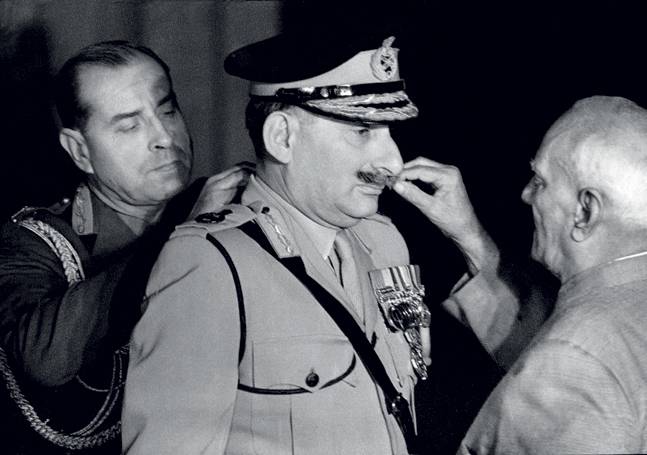Raghu Rai
This is a collection of articles archived for the excellence of their content. |
A brief profile, as in 2015
Kaveree Bamzai, Raghu Rai's people, India Today
Saints and sinners, politicians and performers, history and humdrum reality. Fifty years of India through the eyes of an impassioned archivist.

From: Kaveree Bamzai, Raghu Rai's people, India Today

From: From: Kaveree Bamzai, Raghu Rai's people, India Today

From: Kaveree Bamzai, Raghu Rai's people, India Today

From: Kaveree Bamzai, Raghu Rai's people, India Today

From: Kaveree Bamzai, Raghu Rai's people, India Today

From: Kaveree Bamzai, Raghu Rai's people, India Today
"All the photographers were positioned at the foot of Jayaprakash Narayan's bed. I thought Morarji Desai's ears were so distinctive, why not go behind him and shoot JP from there." Typical of Raghu Rai, who for 50 years has been elevating the humdrum news photograph into an art form. Since the time his photographer brother S. Paul handed him his first camera, an Agfa Super Silette, to now, with his digital Nikon D810 and D750, Rai has been stealing beauty and capturing history one frame at a time. With his camera almost as a third limb, he has shot politicians and performers, saints and sinners, artists and ingenues-for 10 years with India Today. In Picturing Time: The Greatest Photographs of Raghu Rai, he says he wants his photographs to reflect life's longing for itself. As he writes in the introduction to the book, "Darshan is not merely seeing a particular person or place, but the experiencing of the reality of a place, a person, the physical and the inner aura, reflected in its entirety. That is what I feel great photography is all about."
From the swirl of dust as Indira Gandhi's helicopter takes off from drought-hit Rajasthan to a chaiwala balancing a tray of cups with his body almost entirely suspended from a Delhi-Mumbai train, Rai, who trained as a civil engineer, has been trying to connect with anything and everything, significant or mundane, precious or ordinary. "When you start caring for everything, everything around you starts caring for you in some way or the other, so you stand connected. You connect with every inch of space and respond. It's having a complete awareness of things, and by that I mean not only the physical but also the emotional and spiritual aspect. Photography has been his life, his karma and dharma, which is why he is never satisfied until his aha moment-even if it means asking the prime minister of India to walk on a two-and-a-half-foot parapet in Shimla to get the famous silhouette against the evening sky or borrowing a transport plane from the Indian Air Force chief to fly over the Taj Mahal for an hour in the morning and evening to capture it from the air.
An eclectic retrospective of India by one of its most devoted archivists, Picturing Time is a coffee table book with soul.

From: Kaveree Bamzai, Raghu Rai's people, India Today